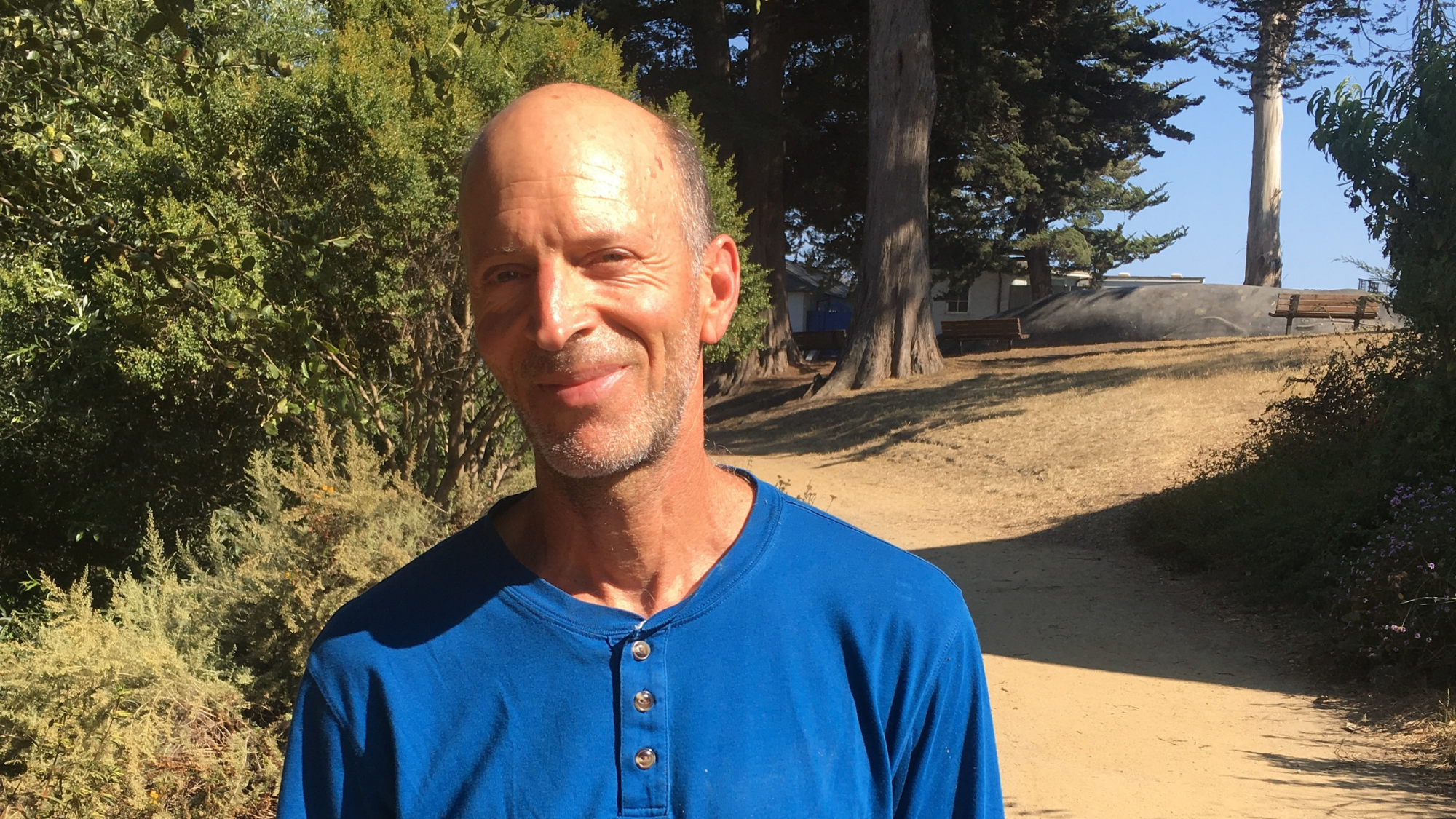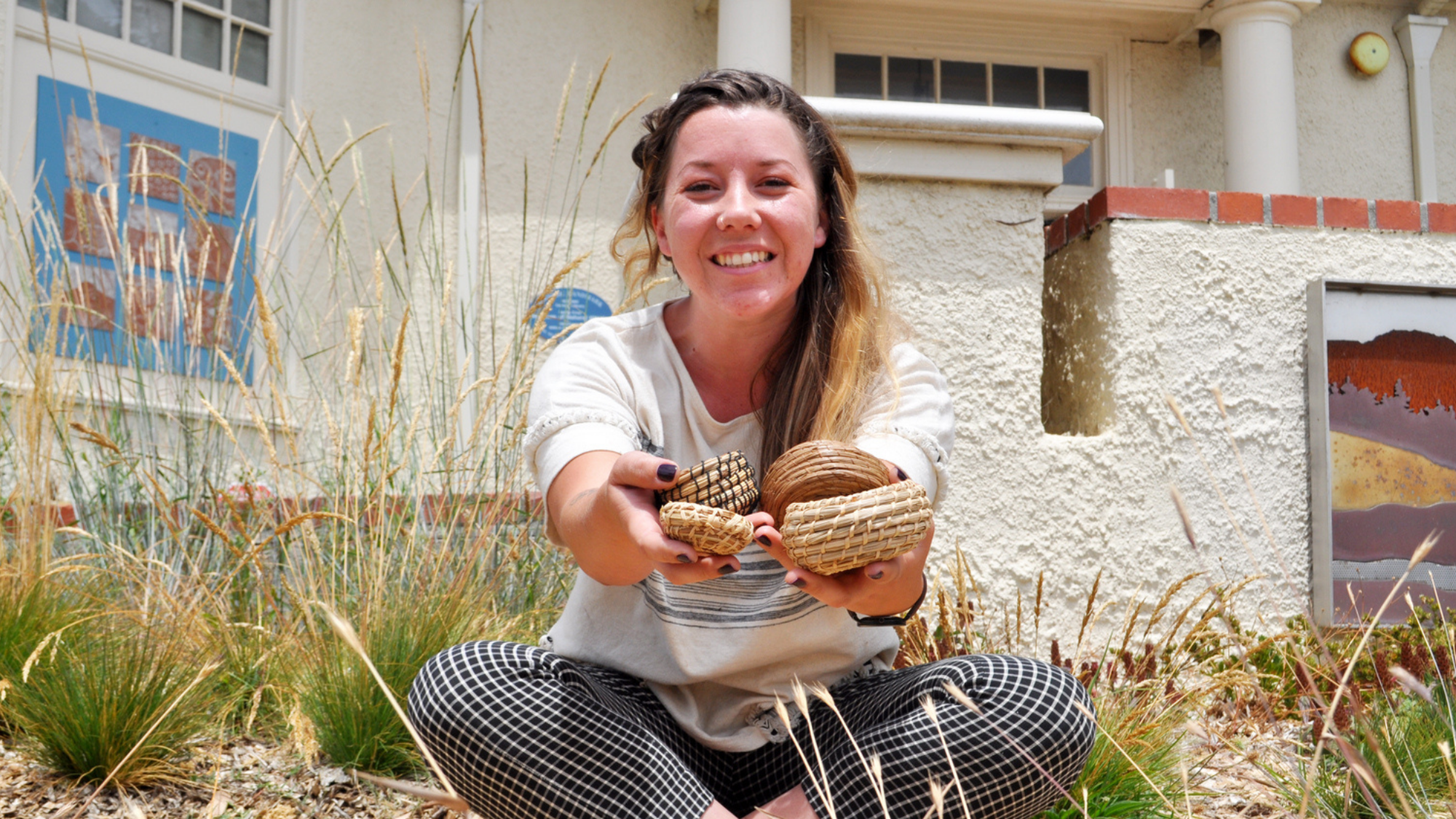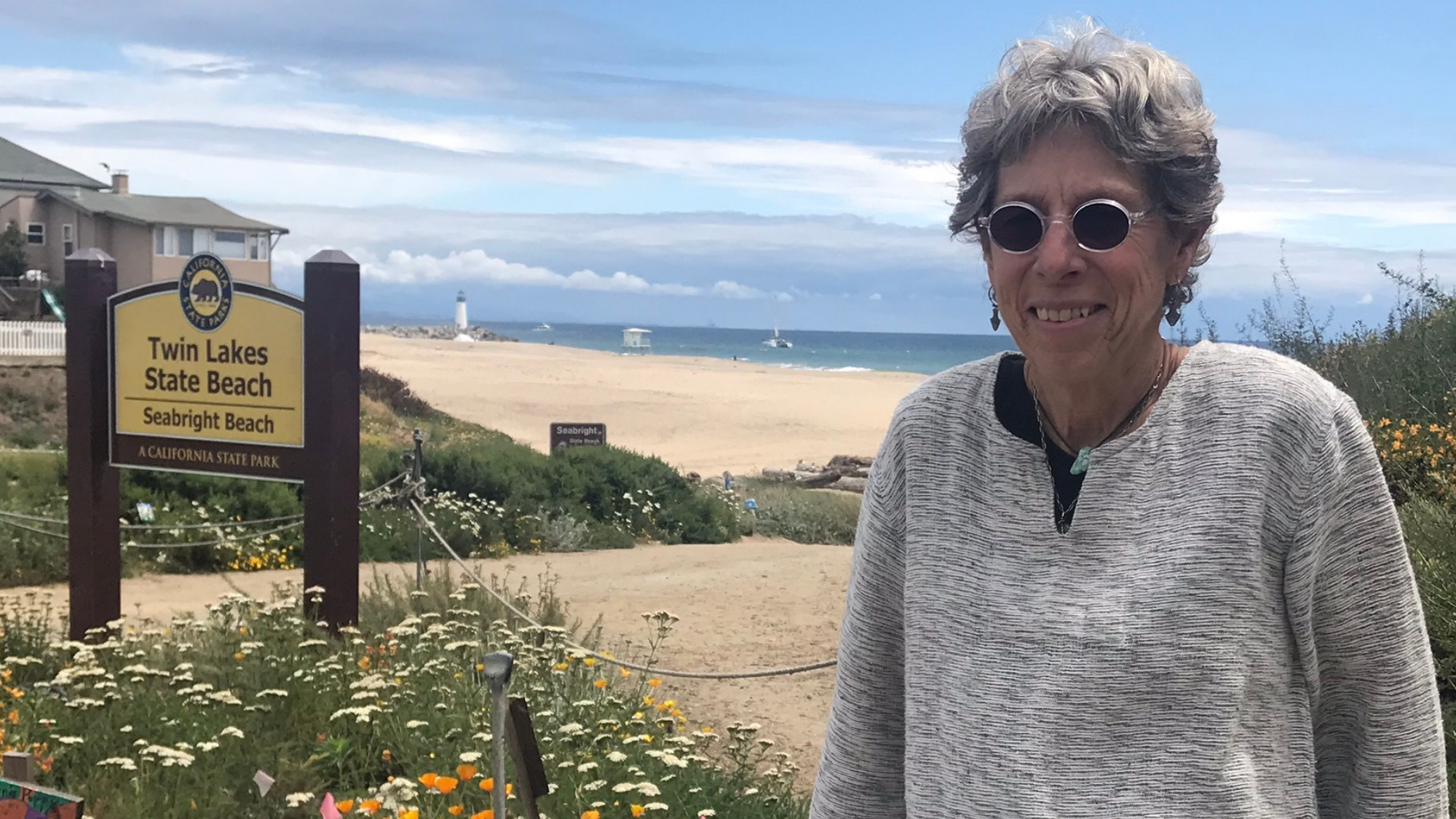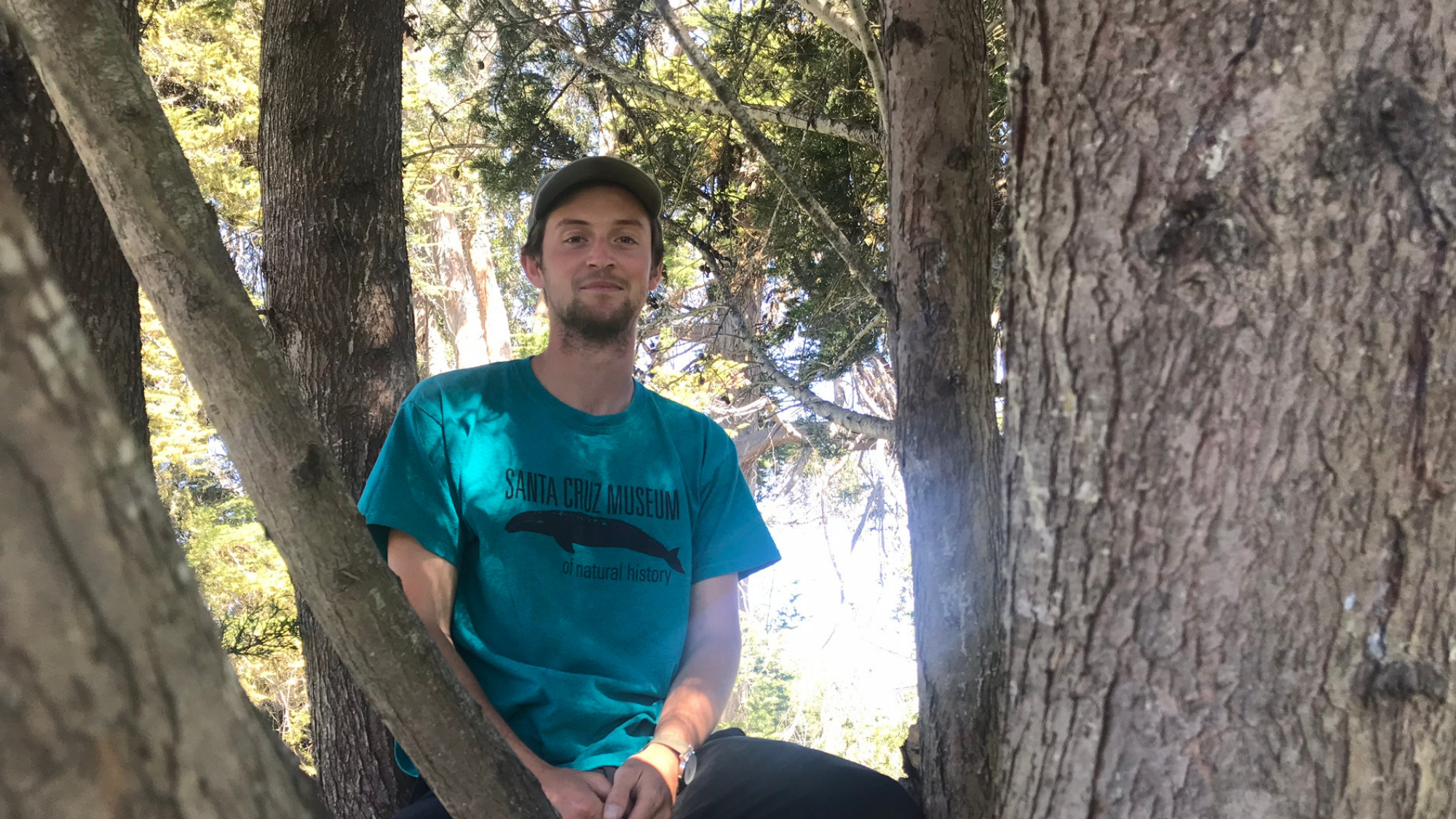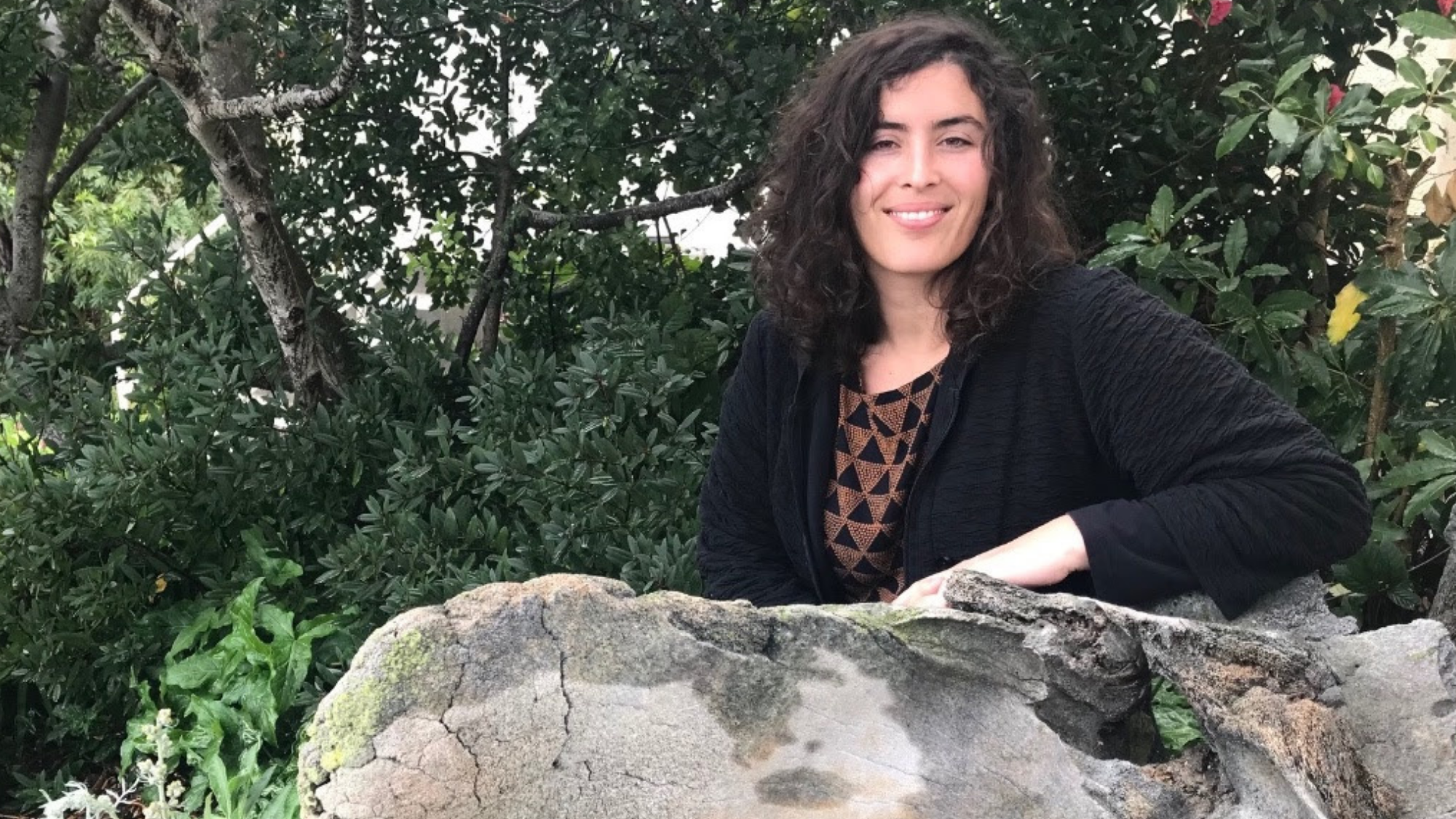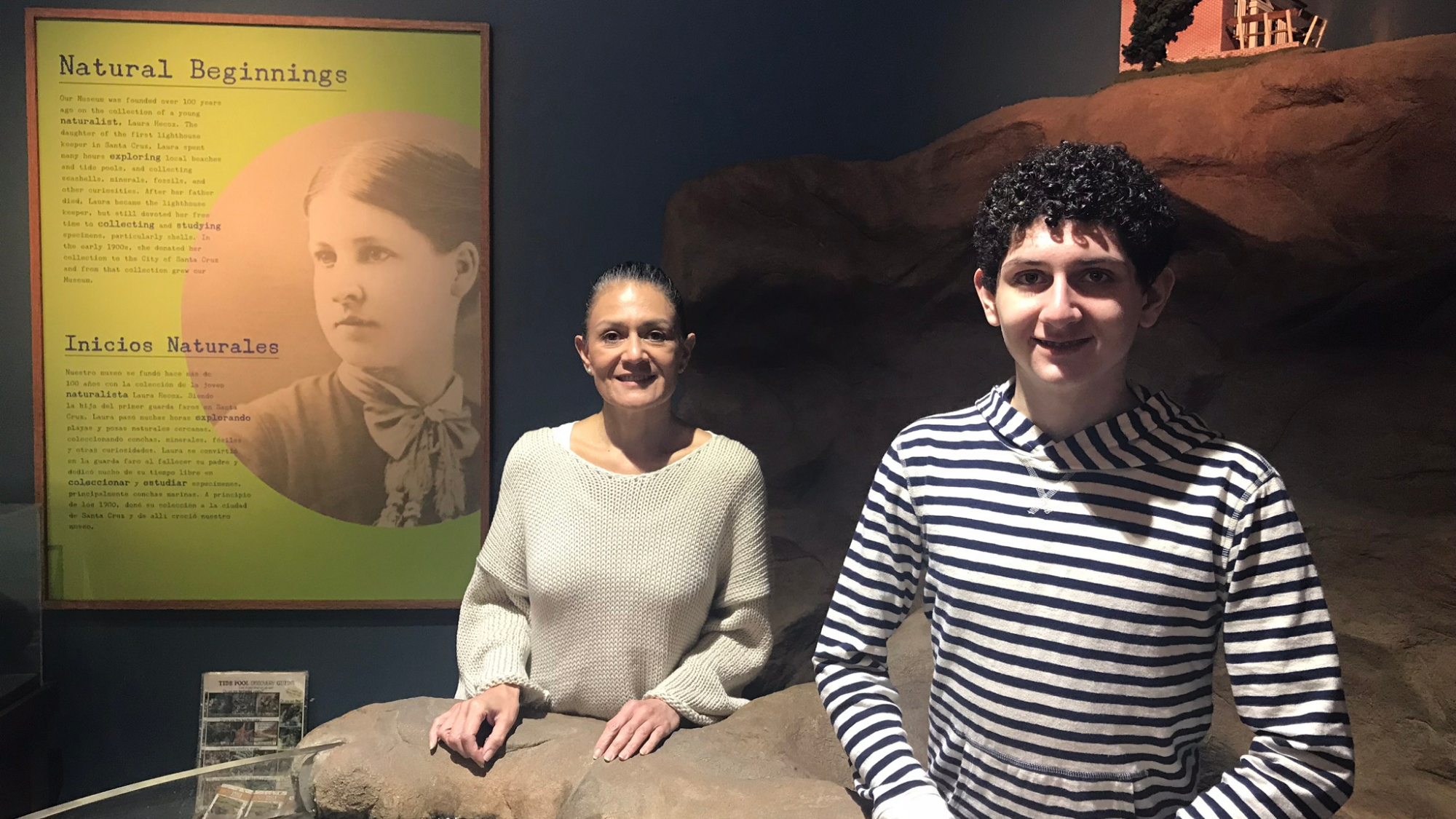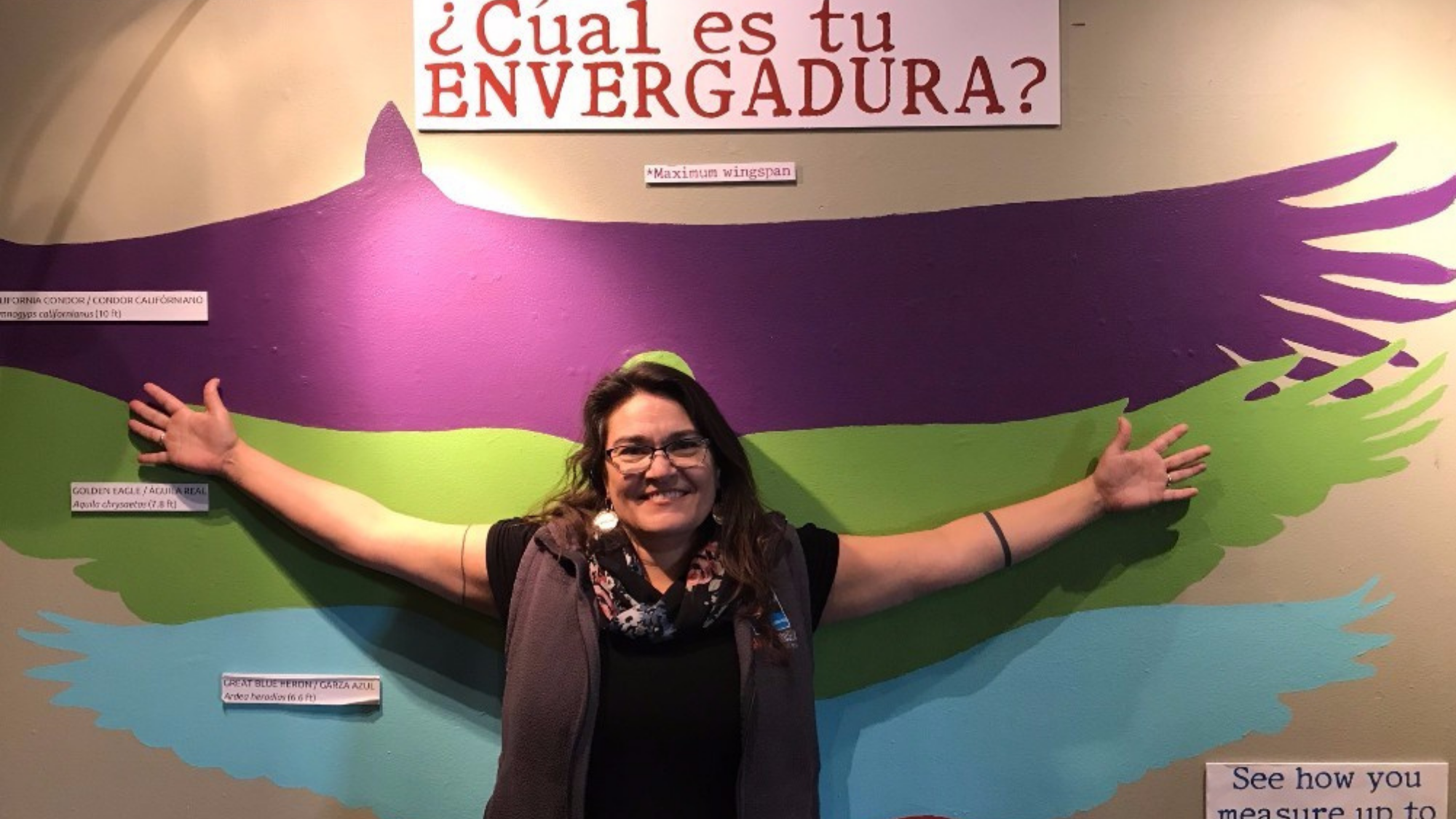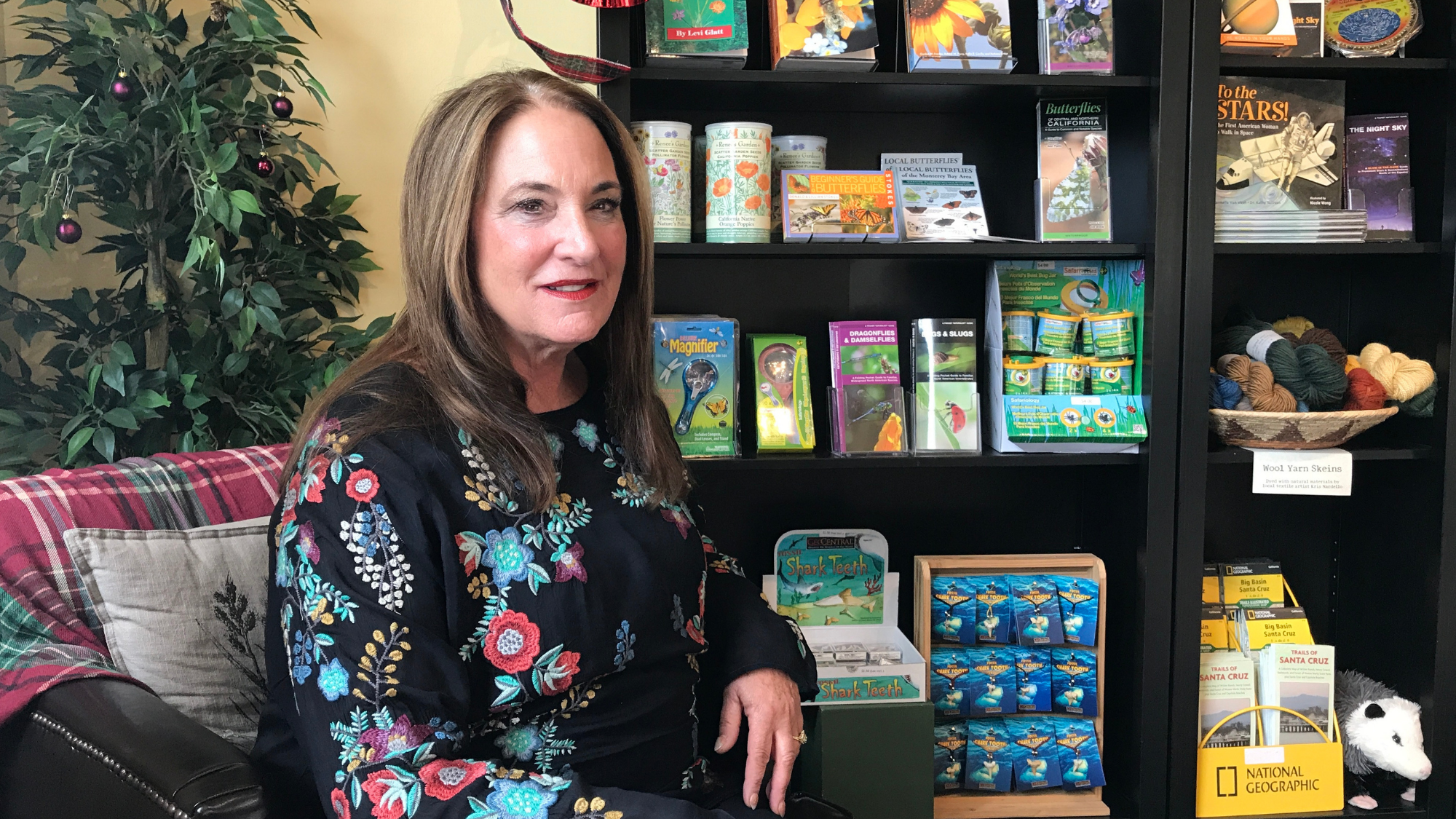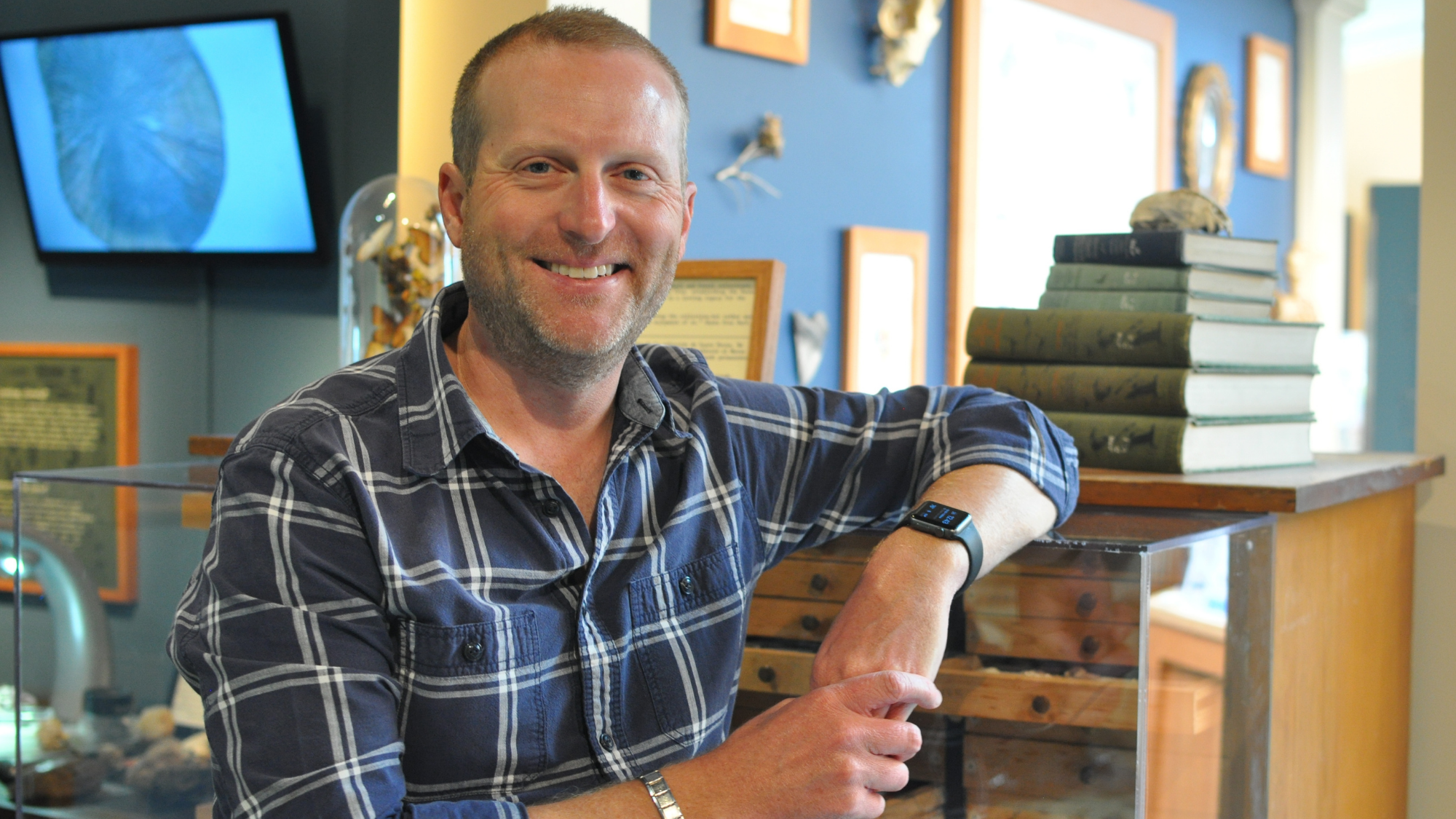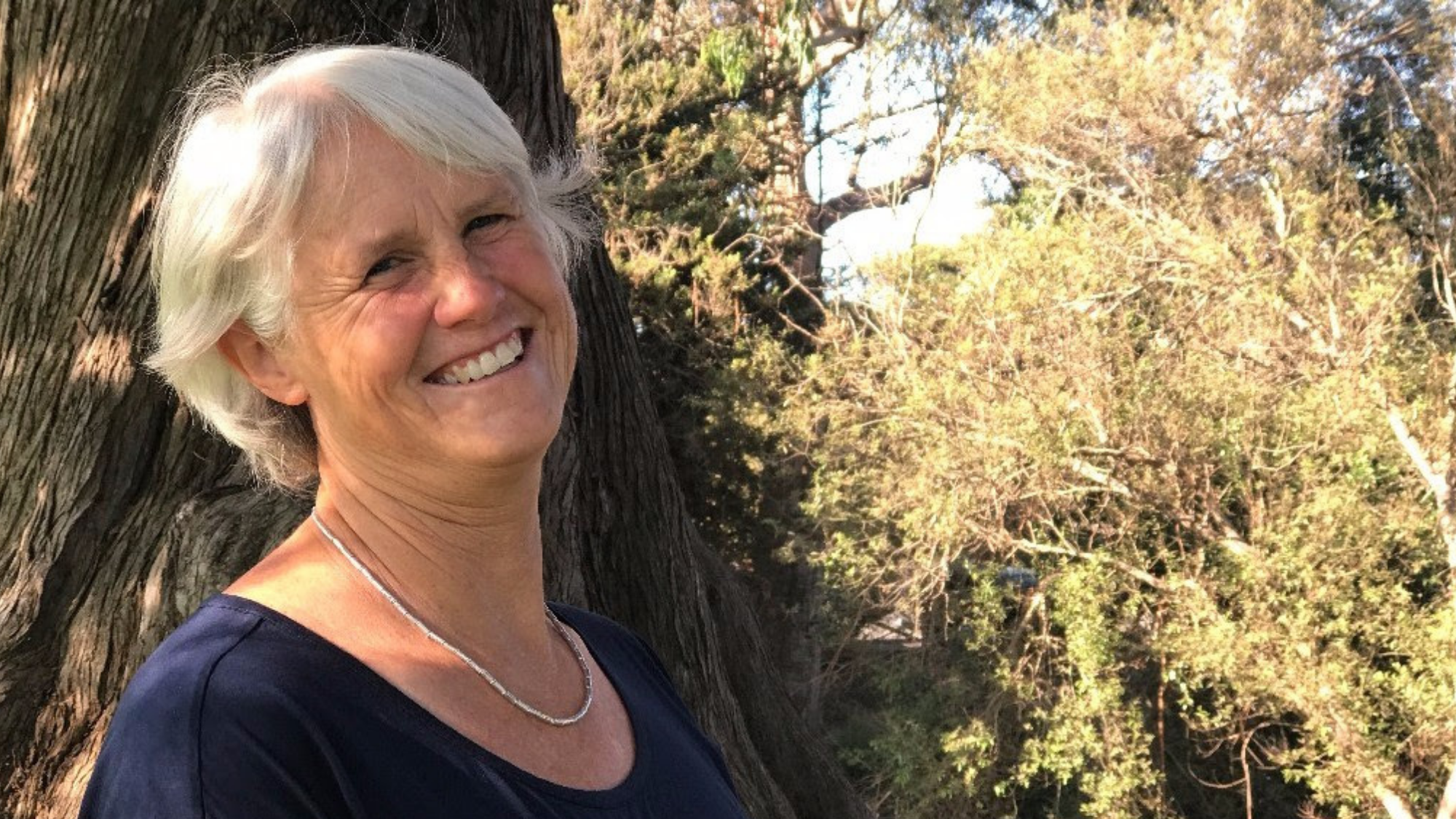Our Museum staff spans many areas of expertise, from art history to plant-based crafts. But when it comes to bees, we call one man above all: Jeff Perez.
As the Museum’s beekeeper, or apiarist, Jeff graciously tends to our observation beehive. In addition to running his own stinging insect removal service, he recaptures our bees when they swarm and guides us in their care.
Jeff began his apiary affair right here at the Museum. When he took a Cabrillo College course on welding in part of his ongoing work for the National Marine Fisheries in 2007, he sat beside a former Museum employee, who persuaded him to come meet our bees.
It didn’t take much persuading, after all, and Jeff took the job soon after. Today, he is both beekeeper and bee ambassador.
“People, in general, don’t know a whole lot about bees,” Jeff said during our hive’s most recent swarm. “And that’s part of the fun of this – I get to be an educator!”
Even surrounded by a cloud of bees, their buzzing drowning out all background noise, Jeff remains an educator. “They won’t sting unless they get caught in your hair or clothing,” he added, while explaining that bees communicate information about food and potential, new colony locations in the surrounding area by dancing.
When asked what he enjoys most about working with these impressive insects, Jeff looked up from a box of artificial honeycomb and grinned. “Actually, I pretty much love it all.”

